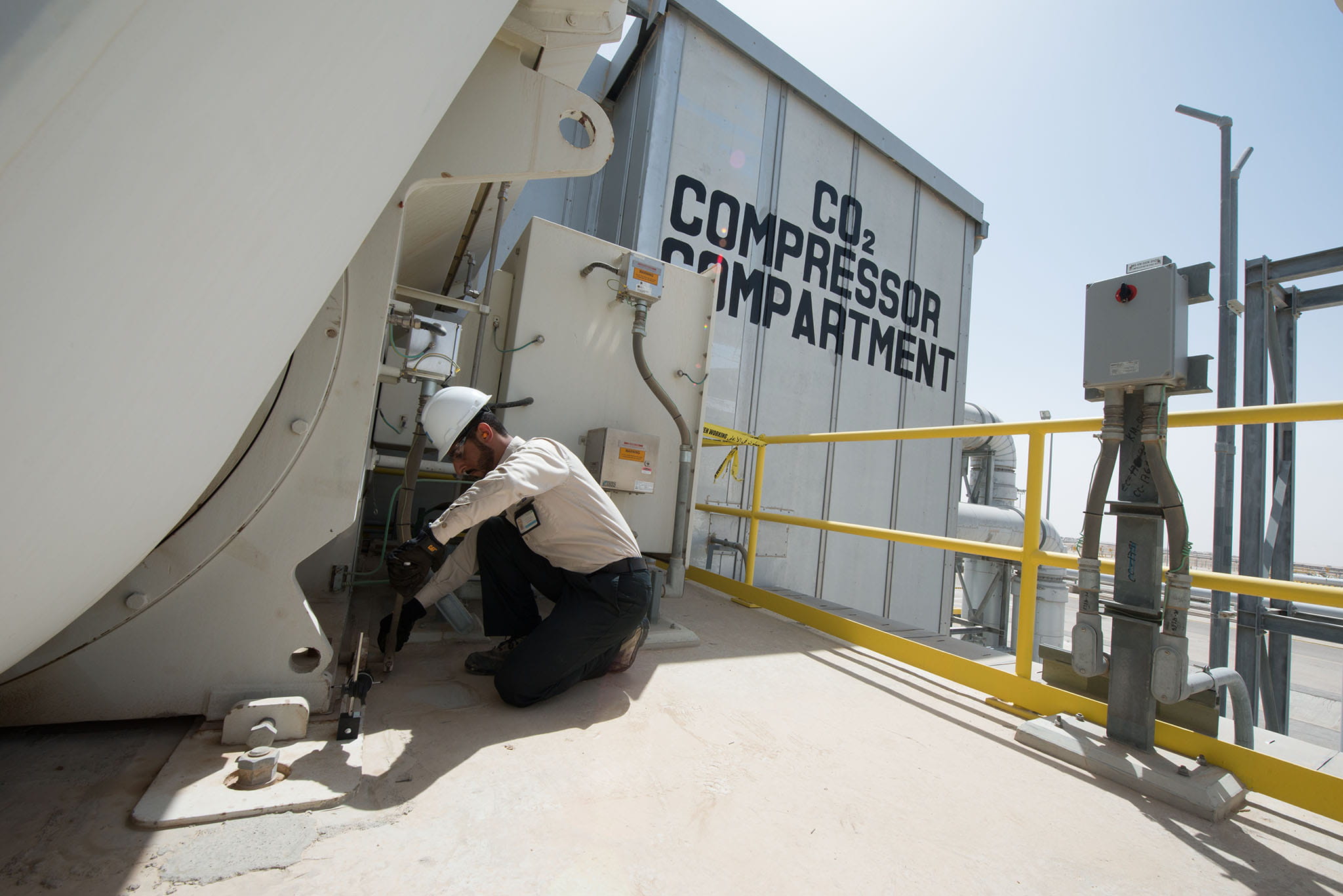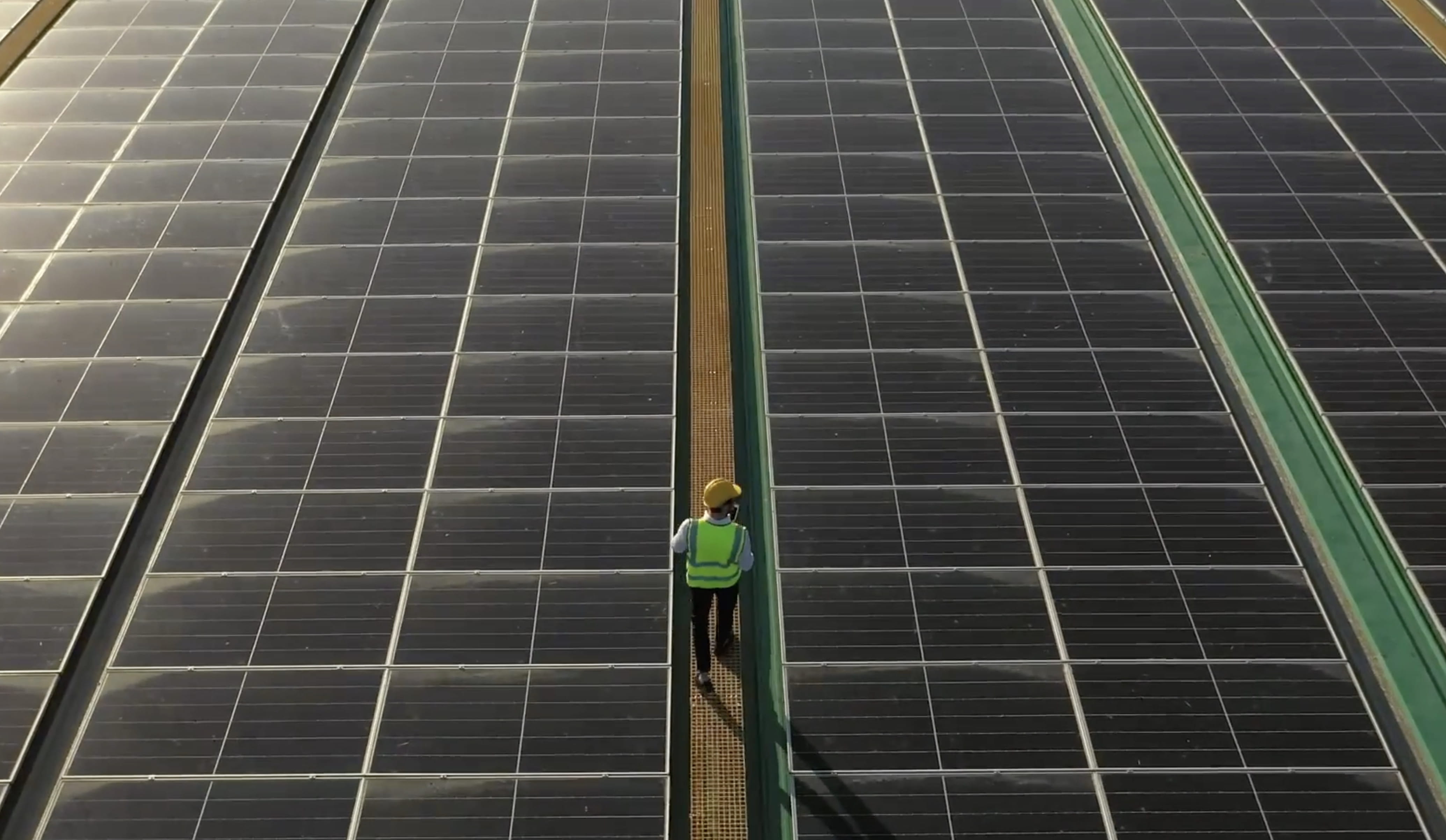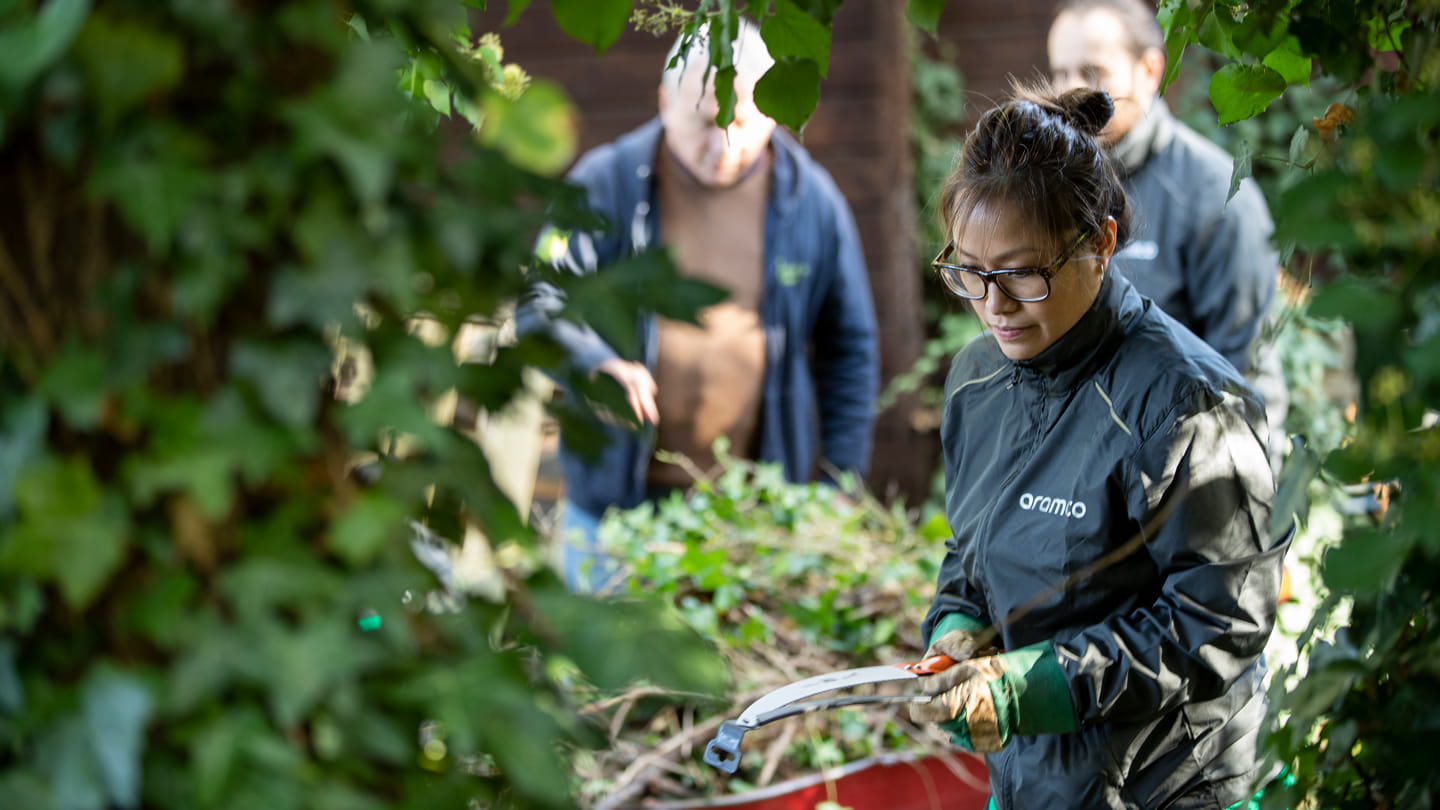
Climate and energy
For some, the idea of an oil and gas company positively contributing to the climate challenge is a contradiction: we don’t think it is.
As a world-leading energy business, we believe we are especially qualified to make effective contributions to the overall solution.
We support the aims of the Paris Agreement to limit the global average temperature increase to well below 2°C above pre-industrial levels.
Reducing emissions to address climate change, while meeting the world’s energy needs, remains the biggest single challenge of this century.
Our ambition is to achieve net-zero Scope 1 and Scope 2 greenhouse gas emissions across our wholly owned and operated assets by 2050.




